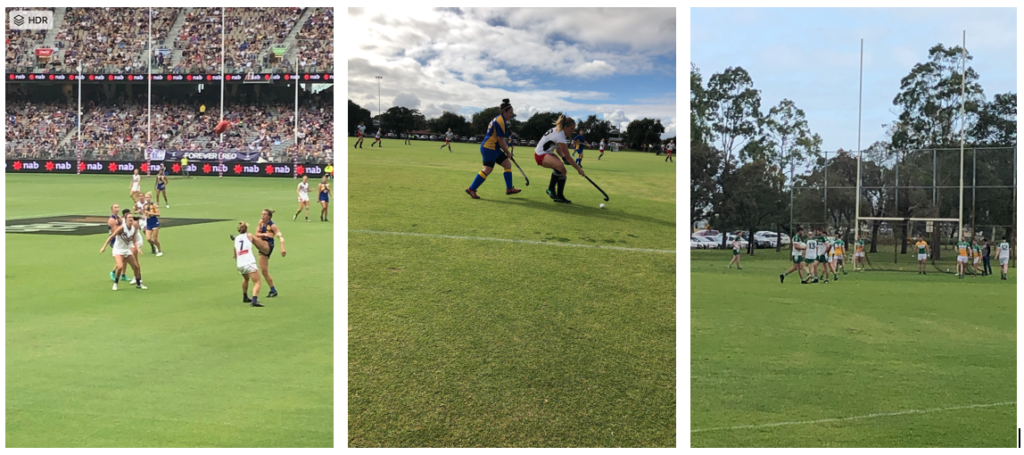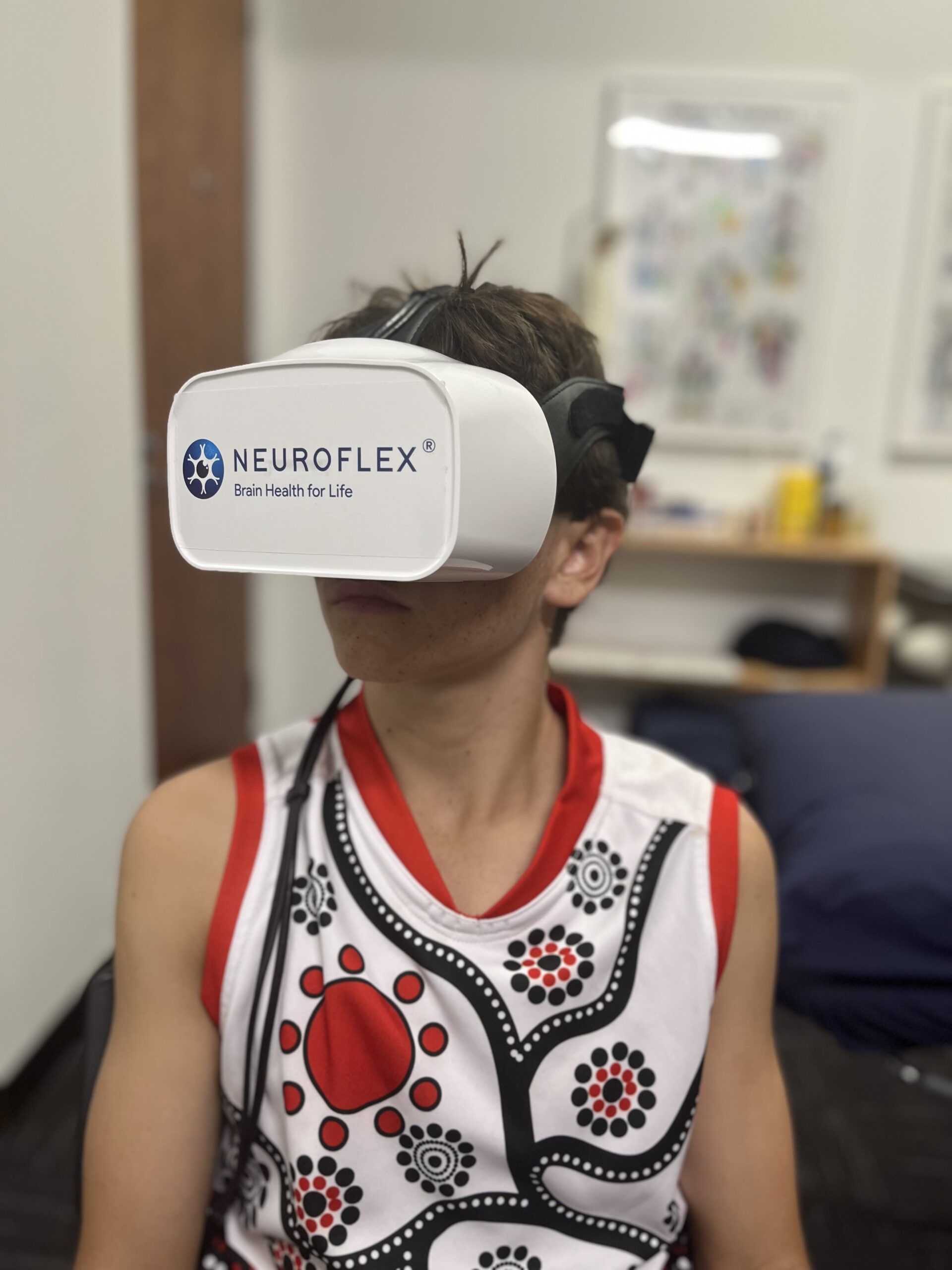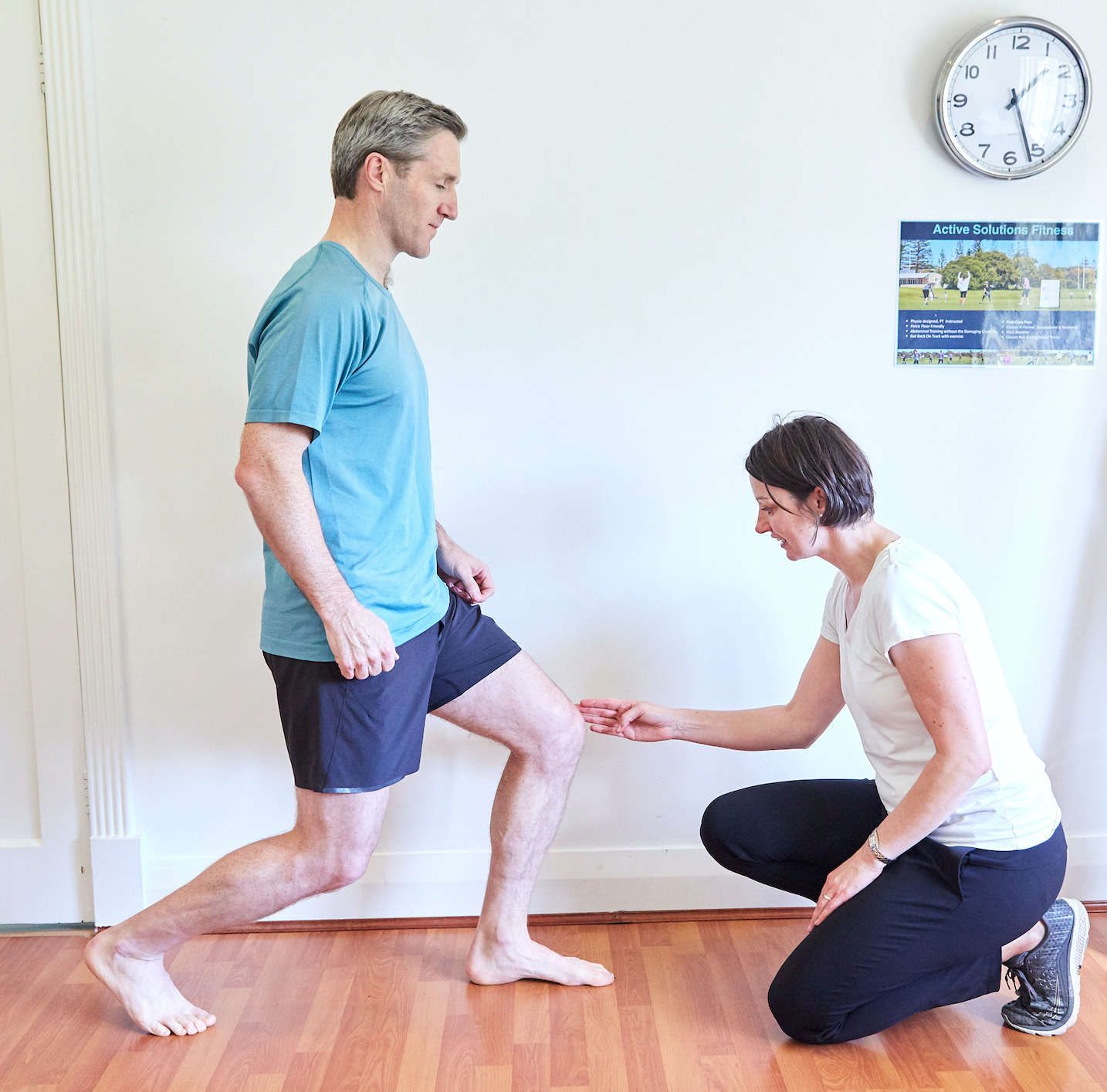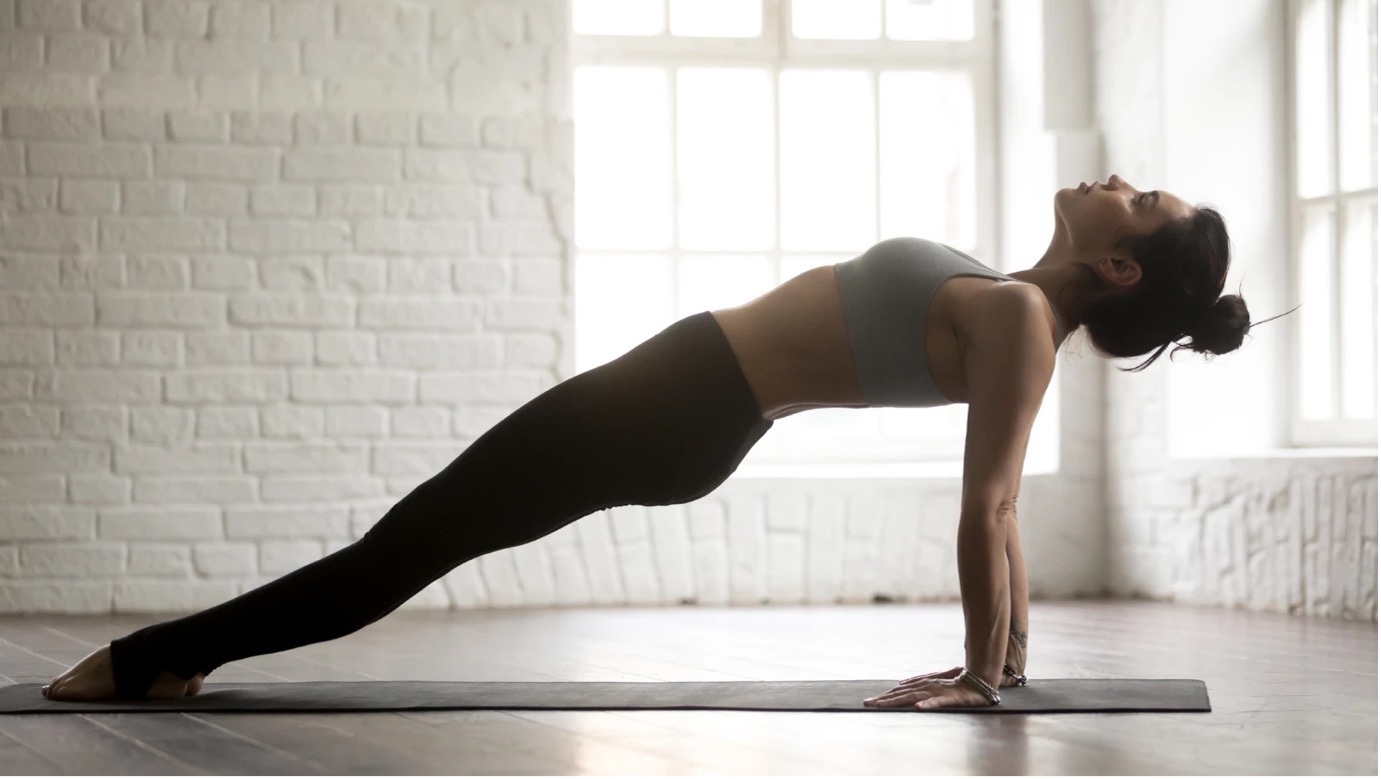As we morph into winter sport, pre-season will be starting to crank up. Pre-season is really important for fitness, skills training and developing team tactics. However, preseason injuries can often result from starting training again; either problems from last year you thought would heal themselves with rest over the summer or new aches and pains.
With a basic understanding of training principles, you can keep your pain under control whilst pushing yourself and avoid developing problems. Every year we have patients who have the summer off running, go back to football training Tuesday, Thursday and Saturday and 6 weeks later develop a hamstring problem. The muscle injury will then be on and off for the season and still interrupting training come finals. So understand how the body reacts to training and avoid these ongoing niggles.
- Ramp up gradually and avoid a sudden spike in training! Go on, do your own pre-season pre-season and go for a run to ease the body back into it. Studies in the AIS have shown that if you take 4 weeks off running completely, it takes 8 weeks of slowly ramping up to get back to that previous level. So hopefully you haven’t completely stopped running over the summer and you have some base level of fitness. In any case throw on the sneakers and have a few “ease back into it” runs before you start team training.
- Muscle soreness can be good and bad! Good pain will occur in the muscles most used in that training. For example, beach running you will feel calf soreness or throwing you will feel shoulder ache. There is a chemical reaction to cause a muscle contraction and the waste product of this chemistry is lactic acid. When muscles are not good at contracting, as they are still getting fit, there can be an accumulation of lactic acid; this causes localised muscle pain. Pain will last for 2 days, with it being worse on the second day. Pain due to an injury, Bad pain, will be usually sore at the time of, or very soon after exercise.
- Rest Days are vital. Preferably 2 rest days in between hard training is optimal for letting the body build up again after training and be ready for action, however often this is difficult with the tendency for Tuesday/Thursday training. The risk of developing problems when there is only 1 day of rest is higher in people aged >30years as collagen deteriorates naturally from this age (found in tendons and muscles and skin – hence the wrinkles). So if you are aged over 30, have hard sessions Tuesday and Thursday, make sure you have rest from impact (so you can swim or cycle) until Sunday, and make that a lighter session. This way you are fresher for the harder weekday sessions.
So go for a few runs to get back into it, check any muscle pain is logical for your exercise and know rest days get you fitter – enjoy pre-season.
However, if those niggles from last year are back and the muscle pain is not improving as you are fitter; book into physio and find out the real problem before it really interrupts the season ahead.









